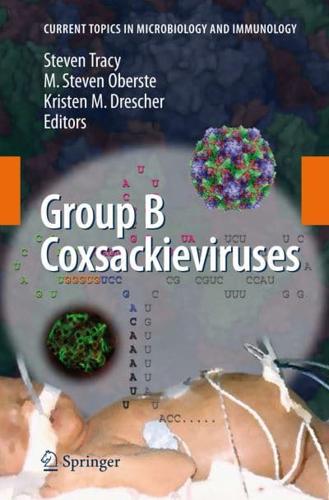Publisher's Synopsis
The group B coxsackieviruses have a long and colorful history, dating to the early days of virology as we now know it. In the late 1940s, ultracentrifugation and electron microscopy were new, high-tech tools and suckling mice were suppla- ing monkeys as the virus isolation vessel of choice. Viruses were, often as not, still referred to as "filterable agents. " The rampage of paralytic poliomyelitis epid- ics in the previous 20 or so years had spurred national investment in infectious disease research, resulting in an unprecedented period of virus discovery, eclipsed only a few years later once cell culture became the preferred method to isolate and identify mammalian viruses. The coxsackieviruses were isolated from feces of patients with paralytic poliomyelitis and nonparalytic poliomyelitis (aseptic meningitis), causing disease in suckling mice, but not in adult mice or monkeys. They were considered to be related to the polioviruses on the basis of their physical properties, such as virion size, acid and ether resistance, and temperature stability in 50% glycerol, and were classified into groups A and B by the nature of the disease induced in mice: flaccid paralysis by group A viruses and spastic paralysis by those of group B. Our knowledge of the group B coxsackieviruses has progressed dramatically in the past 60 years.












